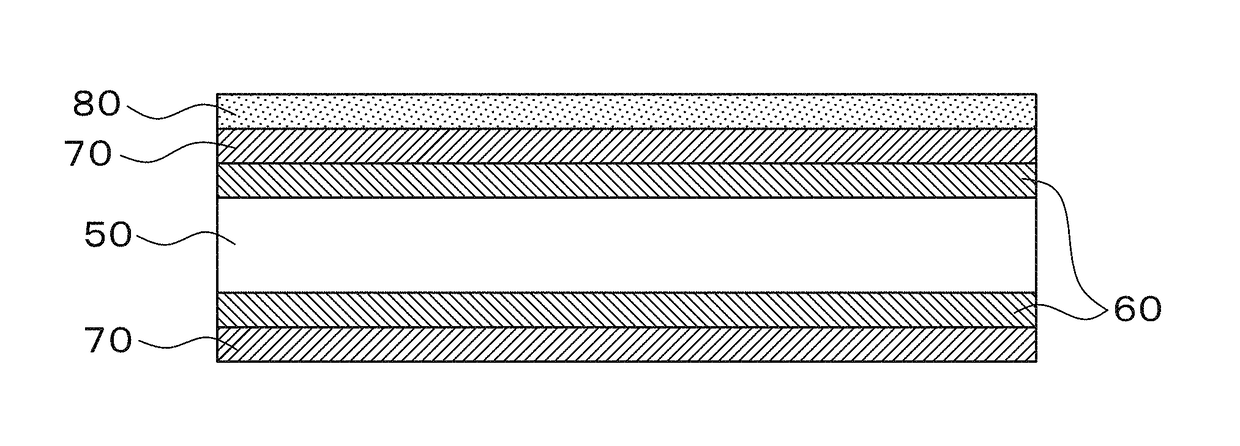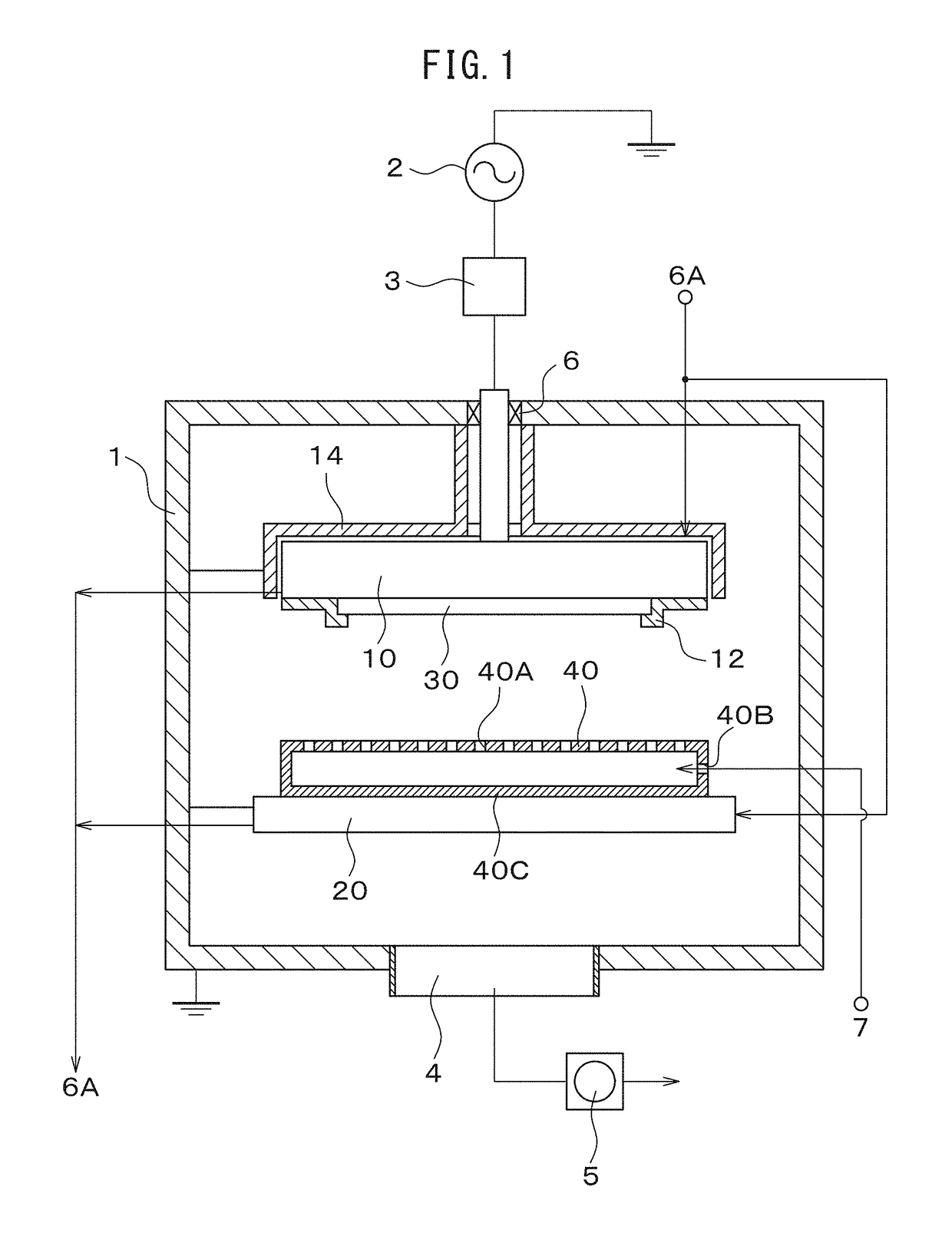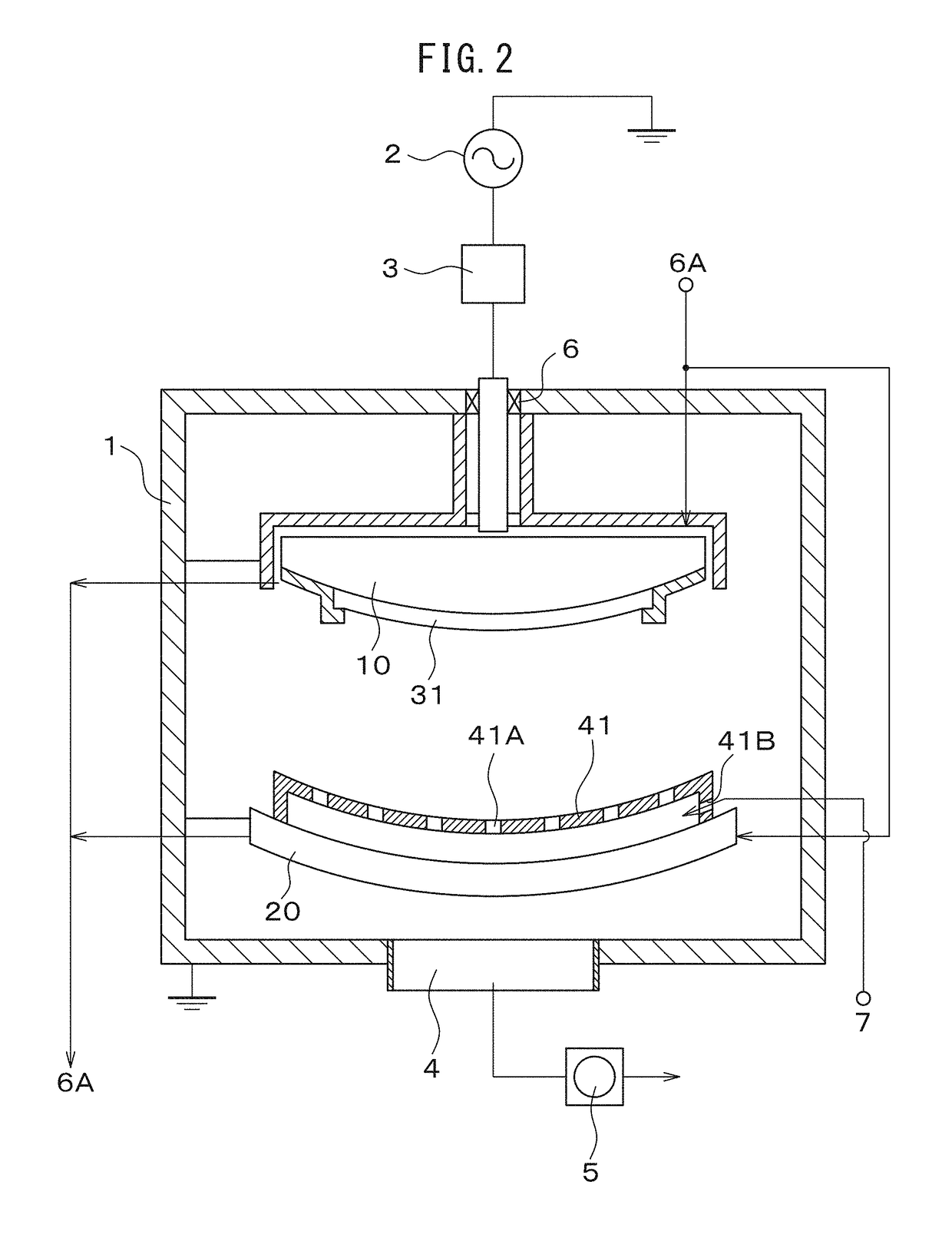Polymer substrate with hard coat layer and manufacturing method for such polymer substrate
a polymer substrate and coating layer technology, applied in the direction of coatings, liquid/solution decomposition chemical coatings, layered products, etc., can solve the problems of defective adhesion of the high hard coating layer, inability to use previously proposed products, and inferior hardness of resins in terms of surface abrasion resistance and hardness, etc., to achieve the effect of high level of abrasion resistan
- Summary
- Abstract
- Description
- Claims
- Application Information
AI Technical Summary
Benefits of technology
Problems solved by technology
Method used
Image
Examples
preparation example 1
[0381]80 parts by weight of a water-dispersible colloidal silicon liquid dispersion (Cataloid SN-30, particle diameter: approx. 17 nm, solid content concentration: 30% by weight, manufactured by Catalysts and Chemicals Industry Co., Ltd.) were added to 127 parts by weight of methyltrimethoxysilane while cooling in an ice bath. After stirring this mixture for 1 hour at 25° C., the reaction solution was cooled with ice water after stirring for 4 hours at 60° C. followed by mixing in 24 parts by weight of acetic acid and 2 parts by weight of a curing catalyst in the form of sodium acetate while cooling with ice water to obtain a precursor material composition (1) for forming the cured underlayer. Furthermore, the degree of aging of the precursor material composition (1) was 0.832.
preparation example 2
[0382]12 parts by weight of acetic acid were added to 80 parts by weight of a water-dispersible colloidal silicon liquid dispersion (Cataloid SN-30, particle diameter: approx. 17 nm, solid content concentration: 30% by weight, manufactured by Catalysts and Chemicals Industry Co., Ltd.) and stirred followed by the addition of 127 parts by weight of methyltrimethoxysilane to this liquid dispersion while cooling with ice water. After stirring this mixture for 1 hour at 30° C., the reaction solution was cooled with ice water after stirring for 8 hours at 60° C. and further mixing therein 2 parts by weight of a curing catalyst in the form of sodium acetate while cooling with ice water to obtain a precursor material composition (2) for forming the cured underlayer. Furthermore, the degree of aging of the precursor material composition (2) was 0.847.
preparation example 3
[0383]0.1 parts by weight of concentrated hydrochloric acid (12 M) were added to 100 parts by weight of a water-dispersible colloidal silicon liquid dispersion (Cataloid SN-30, particle diameter: approx. 17 nm, solid content concentration: 30% by weight, manufactured by Catalysts and Chemicals Industry Co., Ltd.) and stirred well. This liquid dispersion was then cooled to 10° C. followed by dropping in 161 parts by weight of methyltrimethoxysilane. The temperature of the reaction solution began to rise due to heat of the reaction immediately after adding the methyltrimethoxysilane, and rose to 60° C. within several minutes after the start of addition of the methyltrimethoxysilane. After reaching 60° C., the temperature of the reaction solution was gradually lowered while cooling in an ice bath. At the stage the temperature of the reaction solution reached 35° C., the reaction solution was stirred for 3 hours to maintain at this temperature, and after having mixed therein 0.8 parts b...
PUM
| Property | Measurement | Unit |
|---|---|---|
| thickness | aaaaa | aaaaa |
| thickness | aaaaa | aaaaa |
| Ra | aaaaa | aaaaa |
Abstract
Description
Claims
Application Information
 Login to View More
Login to View More - R&D
- Intellectual Property
- Life Sciences
- Materials
- Tech Scout
- Unparalleled Data Quality
- Higher Quality Content
- 60% Fewer Hallucinations
Browse by: Latest US Patents, China's latest patents, Technical Efficacy Thesaurus, Application Domain, Technology Topic, Popular Technical Reports.
© 2025 PatSnap. All rights reserved.Legal|Privacy policy|Modern Slavery Act Transparency Statement|Sitemap|About US| Contact US: help@patsnap.com



